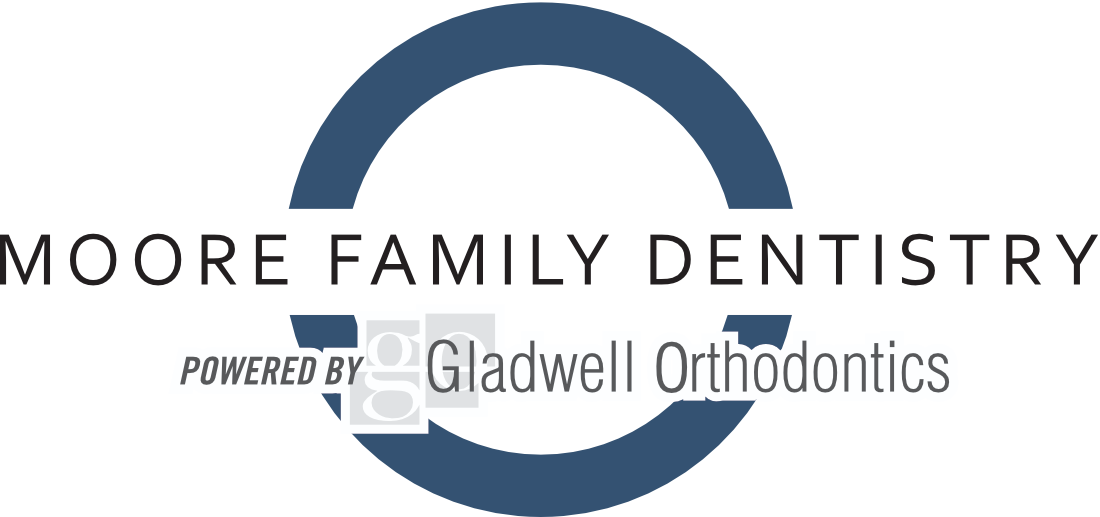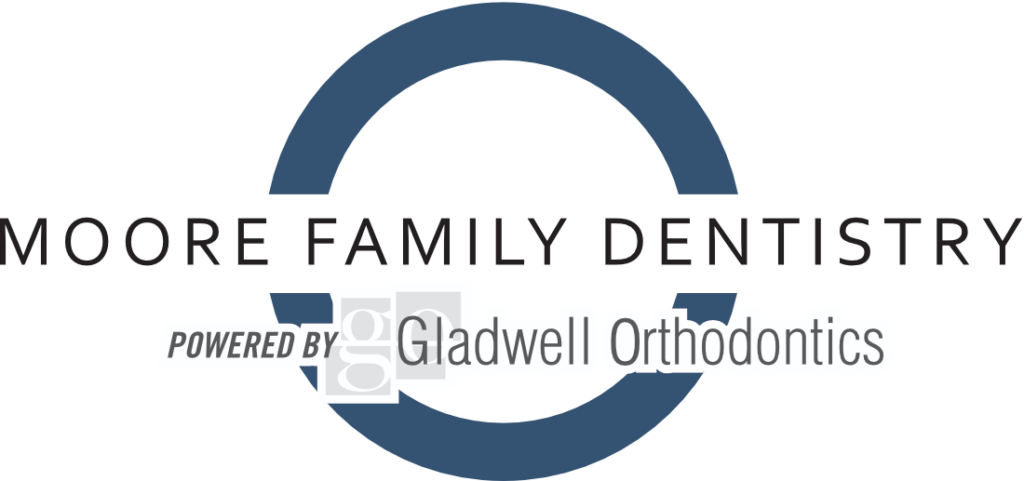 Gum disease, also known as gingivitis, is an inflammation of the gums. It’s a type of periodontal disease, which involves inflammation and/or infection which destroys your teeth’s supporting tissues – gums, ligaments and tooth sockets.
Gum disease, also known as gingivitis, is an inflammation of the gums. It’s a type of periodontal disease, which involves inflammation and/or infection which destroys your teeth’s supporting tissues – gums, ligaments and tooth sockets.
What Causes Gum Disease?
Gum disease is, simply put, caused by plaque deposits. Plaque is a sticky substance made of bacteria, mucus and the remains of what we eat every day; this nasty stuff develops on the exposed parts of our teeth and is a major cause of tooth decay. If plaque isn’t removed, it hardens into tartar and becomes trapped on the base of the affected tooth. Both plaque and tartar can inflame the gums; bacteria and their toxins cause infection of the gums, as well as making them swollen and tender.
Illness, bad dental hygiene, pregnancy and diabetes can increase one’s risk of developing gum disease. Other risk factors include irritation caused by misaligned teeth, rough filling edges, ill-fitting/unclean mouth appliances (e.g. braces, dentures, bridges, crowns).
Symptoms of Gum Disease
If your gums are bleeding, they appear red or purple-red, are tender, swollen or shiny and if you have mouth sores, you most likely have gum disease and ought to get to the dentist as soon as possible.
Your dentist will examine your mouth and teeth to look for swollen, discolored gums and plaque/tartar deposits. They will not usually need to do any more testing, though they might take some x-rays and dental bone measurements may be taken to find out if the swelling has spread to your teeth’s supporting structures.
Treatment of Gum Disease
In order to treat gum disease, your teeth will be cleaned thoroughly which may require a bit of poking and prodding to get rid of stubborn deposits of plaque and tartar. The goal here is to get rid of the stuff that’s irritating your gums so that they’ll be able to recover. After the cleaning, you will have to continue a regimen of careful oral hygiene – if you aren’t sure how to brush and floss properly, ask your dentist to teach you. You’ll need to use an antibacterial mouth rinse on top of your recommended brushing and flossing in order to keep on top of this disease.
Other recommended steps include repairing problem teeth and/or replacing any orthodontic appliances that might be contributing to the development of gingivitis. You can try rinsing with warm salt water to reduce swelling after having professional cleaning done, too, and I would recommend picking up an over-the-counter painkiller and/or anti-inflammatory medication, just in case.
Preventing Gum Disease
The best way to prevent gum disease is to practice good oral hygiene. There’s no replacement for daily brushing and flossing, and certainly nothing better than that combined with having a healthy diet. If you have trouble with brushing your teeth, purchase an electric toothbrush – they can get into places and have movement that a regular toothbrush just can’t compete with.
Anti-plaque and anti-tartar toothpastes are currently on the market that help with the battle against gum disease. Pick one up and add it to your oral care regimen.

